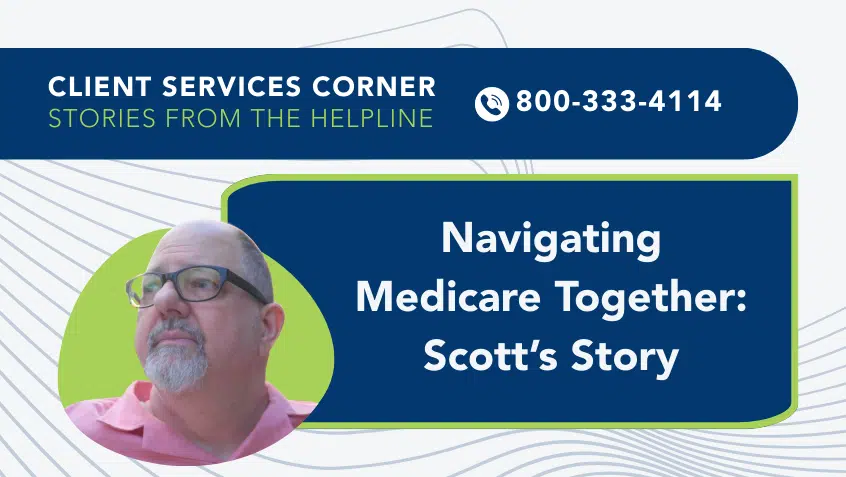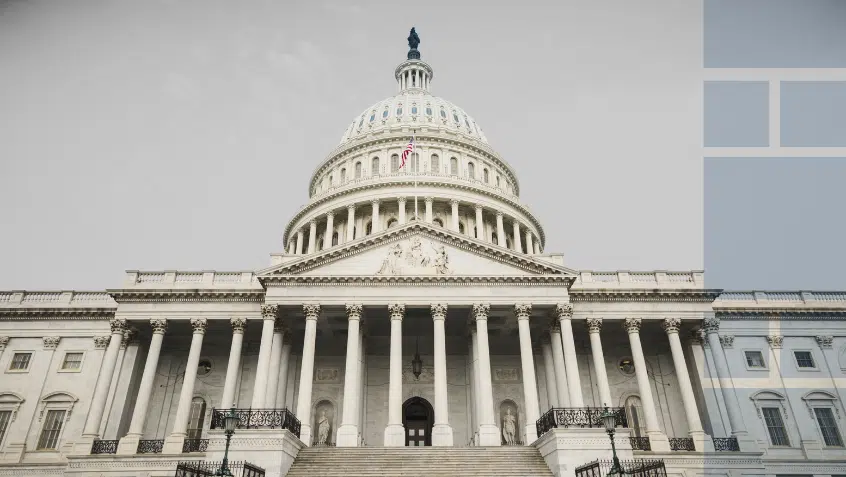Join Us Live for a Discussion on Medicare, Democracy, and the Future of Health Care
Pre-Existing Conditions: Here’s What You Need to Know

Pre-existing conditions have been prominent in the news lately and much of the discussion includes some misunderstandings about what it actually means to protect coverage of pre-existing conditions and why it matters. While Medicare and Medicaid cover pre-existing conditions and that coverage is not under threat, there are changes in laws and regulations, and even a pending court case, that do put coverage at risk for millions of people in the United States who are covered by employer or individual insurance. Polling consistently finds that Americans want protections for pre-existing conditions, with 75% of the public saying it’s “very important” such protections remain law. But there is a lot of confusion about what this means.
Pre-existing conditions are health problems that a person has before they become insured by a particular insurer. For example, if a person who has asthma gets a new job with new health insurance, their asthma is a pre-existing condition. Historically, insurers have chosen not to cover pre-existing conditions whenever possible, but there are laws in effect that require insurers to cover them under most circumstances.
Before the Affordable Care Act (ACA) was passed, individual plans often completely excluded coverage for pre-existing conditions, meaning the consumer could buy the insurance policy but would have coverage only for new conditions. Some insurers would cover pre-existing conditions but would charge exorbitant rates for the coverage. In other cases, the insurers refused to sell the policy at all to some consumers. For employer plans, most new employees faced waiting periods of up to a year before their pre-existing conditions would be covered unless they were already insured.
One of the strongest consumer protections from the ACA is the requirement that insurers cover pre-existing conditions in products sold to employers or the individual market without exclusions, waiting periods, price hikes, or denials. This opened up the insurance market to millions of people who could not get coverage before.
In 2017, Congressional Republicans and the Trump administration supported bills that would have repealed the ACA and eliminated these protections. Again, without the ACA in place, many people with pre-existing conditions could not find coverage, either because they were rejected or because they could not afford the premiums.
While those attempts to repeal the ACA in 2017 failed, there are now whispers that the effort is not yet dead and that Congress may return to repeal in 2019. Even without repeal, the Trump administration has taken many steps to decrease the protection of the ACA by expanding short-term and association plan availability and, as of this week, providing federal funding to allow people to buy plans that do not cover pre-existing conditions at all.
In addition, the administration is supporting a lawsuit that would eradicate the ACA’s protections for pre-existing conditions entirely. Threats to this vital coverage are coming from all directions at once.
Larry Levitt of the Kaiser Family Foundation lays out important things to consider when health insurance claims to cover pre-existing conditions:
- Does it guarantee access to coverage irrespective of health?
- Does it require community rating, meaning the same premiums for people who are healthy and sick?
- Does it mandate a package of required benefits?
- Can insurers exclude coverage of preexisting conditions?
- Are annual and lifetime limits on coverage allowed?
Medicare, Medicaid, and ACA-compliant plans pass these tests but some of the new insurance offerings do not. It’s important that anyone in the market for new insurance understand how the plan works and what it might exclude.
Read more about short-term and association plans.
Read more about how the ACA changed employer coverage.
Read more about what it means to protect pre-existing conditions.
Show Comments
We welcome thoughtful, respectful discussion on our website. To maintain a safe and constructive environment, comments that include profanity or violent, threatening language will be hidden. We may ban commentors who repeatedly cross these guidelines.
Help Us Protect & Strengthen Medicare
Donate today and make a lasting impact
More than 67 million people rely on Medicare—but many still face barriers to the care they need. With your support, we provide free, unbiased help to people navigating Medicare and work across the country with federal and state advocates to protect Medicare’s future and address the needs of those it serves.
The Latest
Most Read
Add Medicare to Your Inbox
Sign up to receive Medicare news, policy developments, and other useful updates from the Medicare Rights.
View this profile on InstagramMedicare Rights Center (@medicarerights) • Instagram photos and videos









